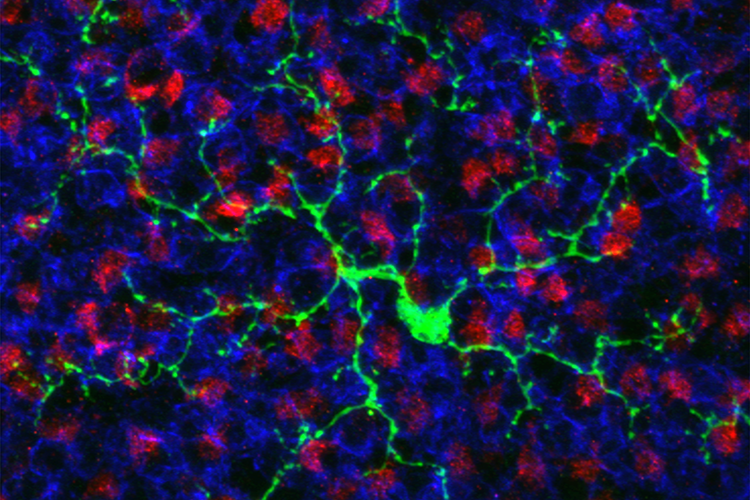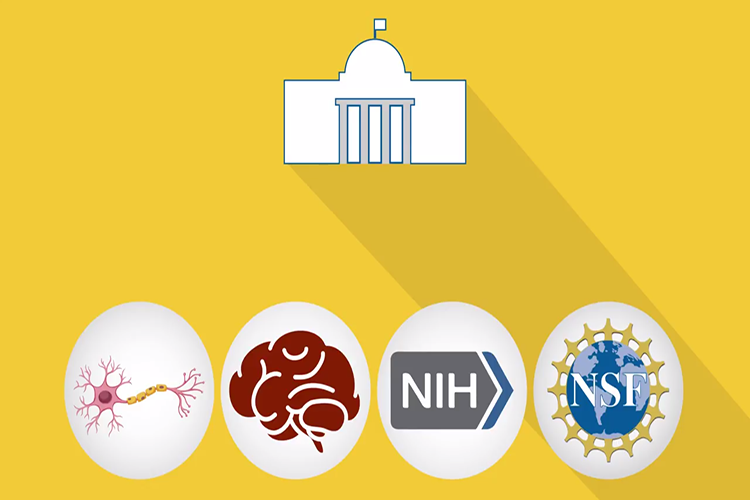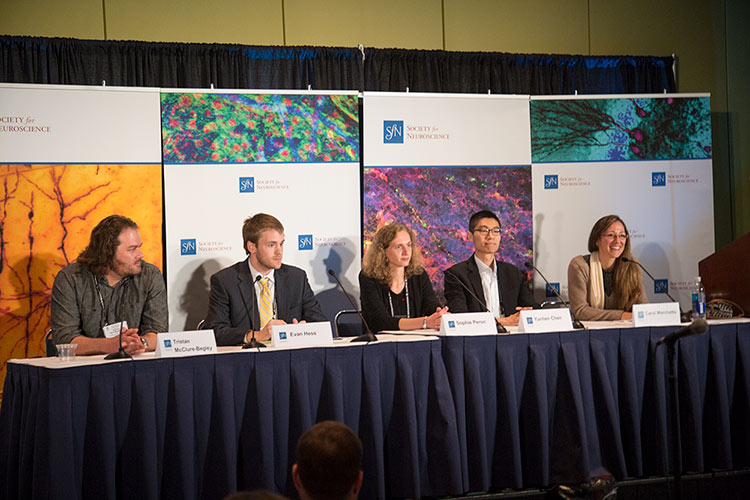
A Glimpse of the Revolution on Glial Cells

During SfN’s first-ever virtual conference, The Other Brain Cells: New Insights Into What Glial Cells Do, 2,500 scientists learned about exciting research from experts leading the revolution in our understanding of the pervasive roles of glial cells in nervous system function.
“A neuron-centric view of neural circuitry is inadequate if we are to understand details of brain function in health and disease,” explained Leslie Tolbert, conference organizer and Regents’ Professor in the department of neuroscience at the University of Arizona. “We have to take into account the growing evidence that glial cells are robust, lively, and influential partners with the neurons.”
Recent research reveals that glial cells play key roles in every aspect of nervous system function, from development to information processing and circuit plasticity to neurological disorders.
To help neuroscientists incorporate an understanding of glial biology and neuron-glia interactions into their research and teaching programs, SfN’s virtual conference focused on several exciting areas of modern glial research:
- Oligodendrocytes, which are continuously remodeling the myelin, and thus finely tuning axonal conduction velocity, in response to neuronal activity.
- Astrocytes, which are communicating across vast distances in the brain and spinal cord to shape neural activity via extra-synaptic means.
- Microglia, which play important roles in synaptic pruning during development and, when disrupted, may underlie problems in schizophrenia and Alzheimer’s disease.
- The introduction of human astrocytes into mouse brains, which has a dramatic impact on learning and memory.
Virtual conference speakers included Leslie Tolbert, Axel Nimmerjahn, Beth Stevens, Bruce Ransom, Don van Meyel, Doug Fields, Helmut Kettenmann, Jeffrey D. Rothstein, Lynne Oland, Maiken Nedergaard, and Marc Freeman.
“Attendees report that they learned much more than they ever expected about the many critical roles that glia play,” Tolbert said.
If you missed the conference or want to rewatch any sessions, the virtual conference will be available on Neuronline until January 2017.























